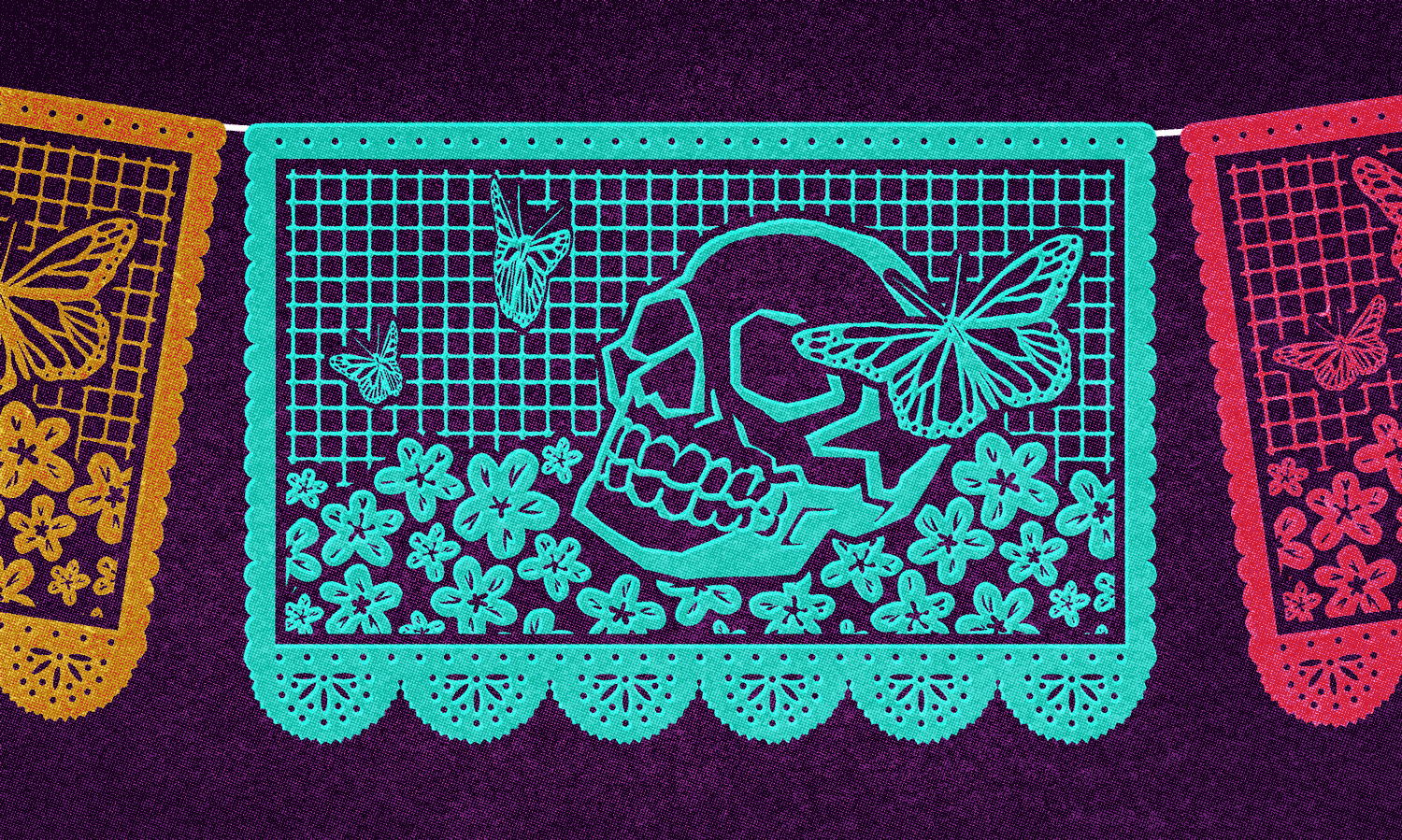
Death is difficult to talk about. It can be even more difficult for young people to talk about death when they have little or no experience with it. Death can be softened by images of pets going to live on a farm “far away” or hardened by memories of caskets, hymns, and solemn people wearing black.
The stories in our Death Issue refute the notion that we should steer of death or dance around. A death positivity movement is shifting our mindset about death from crisis-filled to natural and not traumatic.
In this “Let’s Talk About” edition, we offer questions that push your students’ “growing edge” and ease them into discussions not only to talk more openly about death but also to shape their lives in a positive way. We’ll look at how to talk about death so we may have a better life, honor the dead, and choose green burials that connect us to the Earth.
You and your students can learn more about a “good death” by exploring stories in the Death Issue.
How to Use This Collection
Suggested below are steps to a thoughtful and meaningful discussion with your students about death. Choose what is appropriate for your class.
- Read at least one YES! article
- Use the discussion questions—or craft your own—to gauge your students’ understanding and opinions.
- Provide a safe environment where all students can voice their opinions honestly without fear of being judged or silenced.
- Good conversations take time. Encourage personal reflection, understanding different perspectives and experience, and respect for complexity.
NOTE: Some students have, unfortunately, already experienced the loss of a friend, relative, or community member. Please be aware that this discussion could trigger vulnerable emotions. Proceed with care and sensitivity. You know your students best.
Warm-Up and Leave-Behind Questions
Warm-up questions
- What are your initial thoughts about death?
- What have your parents or relatives told you about death? How have these conversations shaped the way you think about death?
- What personal experience or connection do you have with the loss of a loved one or someone in your community?
Leave-behind questions
- How has your thinking about death changed after reading any of the YES! articles and discussing death with your classmates?
- Describe how you would like people to remember you.
- How will you make things that are important to you known to other people?
Articles and Discussion Questions
1. 7 Things People Forget to Do Before They Die
Having a “good death” requires research, planning, and intentional thinking about how you want to be remembered.
- Which of the seven “bucket list” items would you pursue to prepare your own “good death?” How might it help you have a better life now?
- Tell us more about other things you’d like to do before you die.
Natural burials are becoming a more popular alternative to conventional casket burials at a cemetery. These green burials are seen as more environmental, less polluting, and a way to personally connect to the land.
- What would be your primary reason for choosing a green burial (or not)?
- Considering the increasing negative effects of climate change, should there be regulations so all burials become more green?

3. Making Room for Spirits Among the Living
Several cultures have traditions that “keep ancestors and dead loved ones close.” For example, some Japanese American families have a “butsudan” or small cupboard where photos and names of dead relatives are displayed with offerings, such as a serving of rice.
- What do you think of this practice?
- What ancestors and deceased friends or family have had an influence on you?
- How do you honor and remember someone close to you who has died?
4. How Death Doulas Ease the Final Transition
Death doulas offer similar comfort and support as a birth doula but for the dying—think encouragement and back rubs. Their practice is grounded in Indigenous customs and informal community training. There is no formal curriculum or certifying board.
- How open would you be to having a death doula help you or a loved one in the final stage of life?
- There is minimal regulation of the death doula profession and currently, no national body oversees certification requirements. Do you think death doulas should be left alone?
- If death doulas were regulated by a national organization, how do you think it would change their work?
Like what you see? Discover discussion guides on other tough topics.


